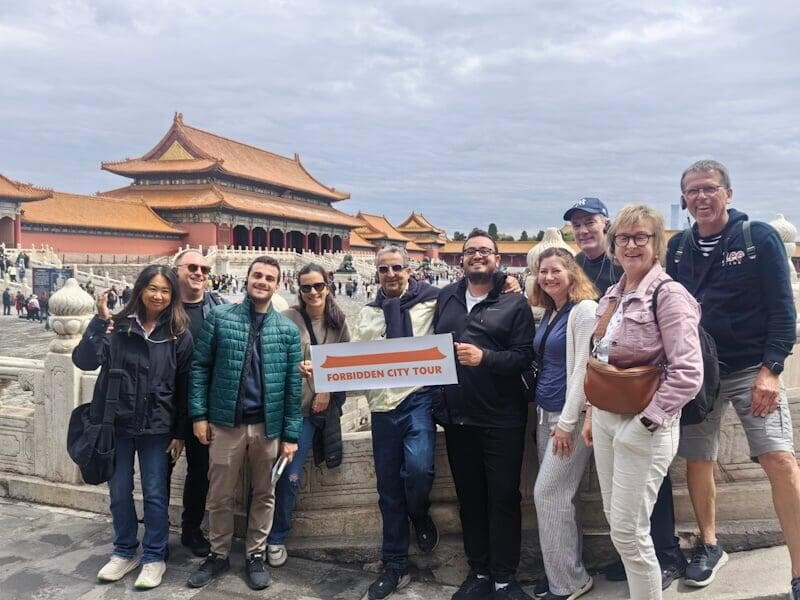The Forbidden City - The Palace Museum
Tickets & Tours

Guided Small Group Forbidden City Tour
- Small Group Experience - Group of around 15pax
- Our route spans the Eastern, Central, and Western sections of the Forbidden City
- Exclusive Access to the Royal Treasure Gallery

Direct bus to Mutianyu Great Wall with Mubus
Direct bus to Mutianyu Great Wall with Mubus
Non-stop, direct bus departing from downtown Beijing to Mutianyu Great Wall daily. No shop, no detour, no scam. English/Chinese-speaking guide on bus.

Direct bus to the world-renowned Terracotta Warriors
Direct bus to the world-renowned Terracotta Warriors
Non-stop, direct bus departing from downtown Xi'an to Terra Cotta Warriors daily. No shop, no detour, no scam. English/Chinese-speaking guide on bus.

